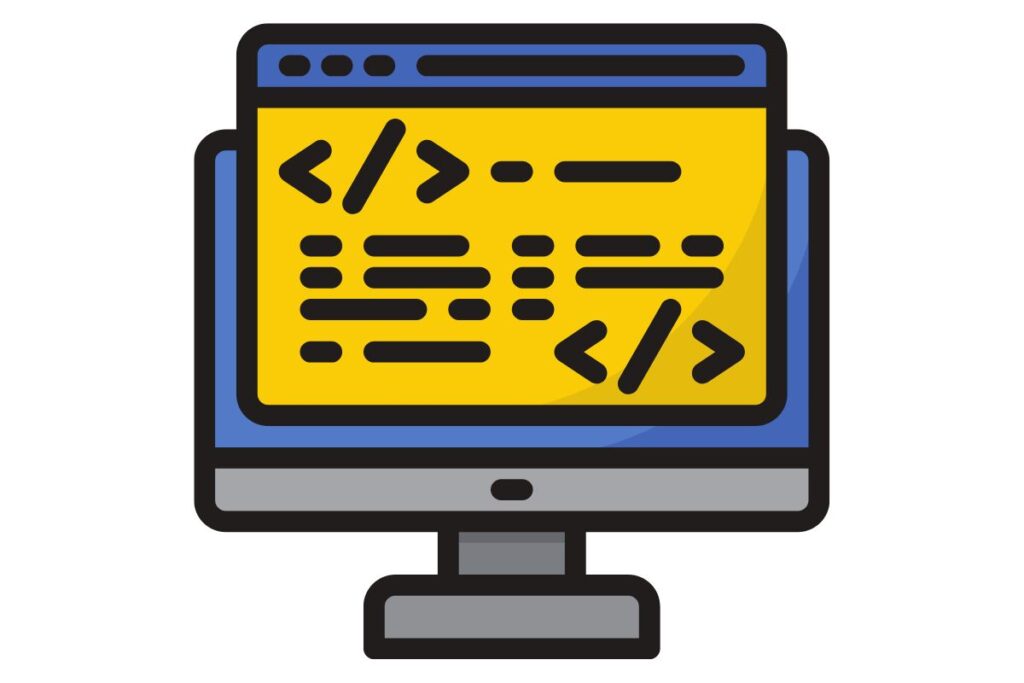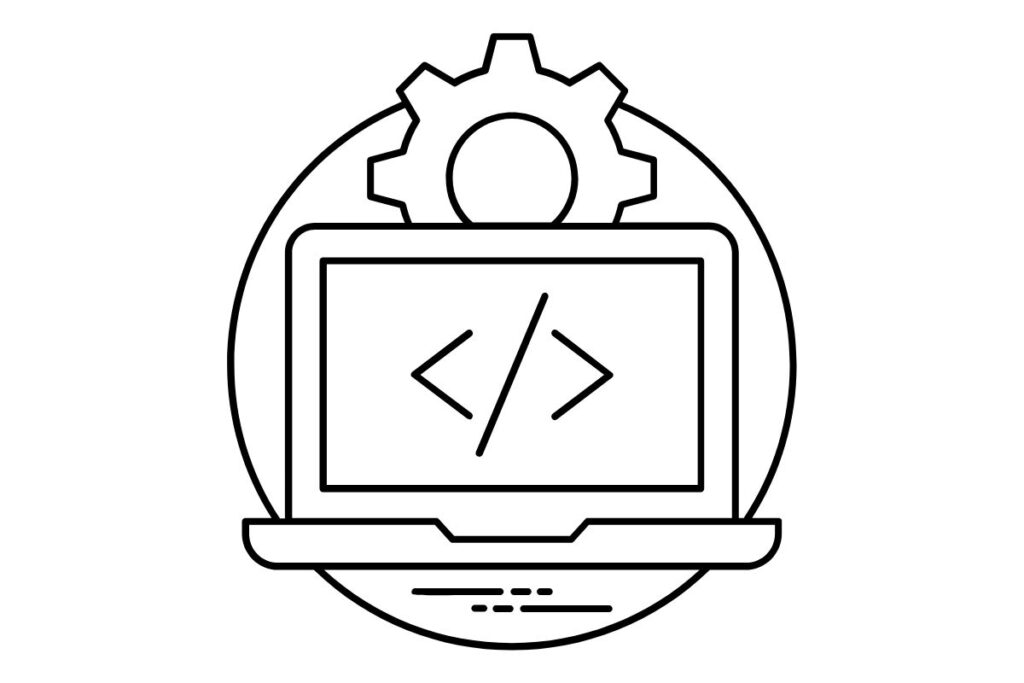Learning algorithms can feel like diving into uncharted waters for beginners. They form the backbone of problem-solving in programming, and mastering them is essential for acing technical interviews, optimizing applications, and understanding the logic behind everyday software solutions. The good news? You don’t need to be a math prodigy or computer science graduate to grasp algorithms. With the right approach, anyone can learn to tackle algorithms effectively.
In this step-by-step guide, we’ll break down how to approach algorithms, offer practical tips, and outline a roadmap to help beginners master them with confidence.

What Are Algorithms, and Why Are They Important?
An algorithm is a step-by-step set of instructions designed to solve a specific problem. Think of it as a recipe that guides you from problem to solution. Algorithms are everywhere in programming, from sorting data and finding the shortest path in a graph to powering search engines and machine learning models.
Why Learn Algorithms?
- Problem-Solving: Algorithms teach you how to think critically and solve problems systematically.
- Efficiency: They help optimize code for better performance, making applications faster and more scalable.
- Interviews: Mastery of algorithms is essential for passing technical interviews at companies like Google, Amazon, and Microsoft.
Step 1: Understand the Problem
Before you start coding, spend time understanding the problem. This is a critical first step that many beginners skip.
Key Questions to Ask:
- What are the inputs and outputs?
- Are there any constraints (e.g., time, memory)?
- What edge cases should I consider (e.g., empty input, large data)?
Pro Tip:
Rephrase the problem in your own words to ensure you understand it. For example, if the problem asks for the “longest substring without repeating characters,” break it down:
- Input: A string.
- Output: The length of the longest substring with unique characters.
Step 2: Break the Problem into Smaller Parts
Once you understand the problem, divide it into smaller, manageable tasks.
Example: Two Sum Problem
Problem Statement: Given an array of integers and a target sum, find two numbers in the array that add up to the target.
Break It Down:
- Iterate through the array.
- For each number, check if the complement (target – current number) exists in the array.
- If found, return the indices.
By breaking the problem into substeps, you reduce complexity and make the solution easier to implement.
Step 3: Choose the Right Approach
Algorithms often have multiple solutions, ranging from simple brute force to efficient, optimized approaches. Your goal should be to find a balance between simplicity and efficiency.
Common Approaches:
- Brute Force: Solve the problem by testing all possible solutions. It’s straightforward but often inefficient.
- Optimized: Use data structures or mathematical tricks to reduce the number of operations.
Example: Two Sum Problem
- Brute Force: Use nested loops to test every pair of numbers.
- Optimized: Use a hash map to store complements for constant-time lookups.
Step 4: Write Pseudocode
Before jumping into code, outline your algorithm in plain language or pseudocode. This helps you focus on the logic without getting bogged down by syntax.
Example: Two Sum Pseudocode

Step 5: Implement the Algorithm
With your pseudocode as a guide, write the actual code in your preferred programming language.
Two Sum Implementation (Python):

Step 6: Test Your Solution
Testing ensures your algorithm works for all possible cases, including edge cases.
Example Test Cases for Two Sum:
- Normal Case:
two_sum([2, 7, 11, 15], 9)→[0, 1] - Edge Case: Empty array →
two_sum([], 9)→None - Edge Case: No solution →
two_sum([1, 2, 3], 10)→None
Use both small and large inputs to test performance.
Step 7: Analyze Time and Space Complexity
Understanding the efficiency of your algorithm is crucial, especially for large datasets.
Common Complexity Metrics:
- Time Complexity: Measures how the runtime grows with input size.
- Space Complexity: Measures the memory usage of your algorithm.
Example: Two Sum
- Time Complexity: O(n), as we traverse the array once.
- Space Complexity: O(n), for the hash map.
Step 8: Refine and Optimize
Once your solution works, look for ways to improve it. Can you make it faster? Use less memory? Write cleaner code?
Optimization Tips:
- Replace nested loops with efficient data structures like hash maps or heaps.
- Use built-in functions for common tasks (e.g., sorting).
- Avoid redundant calculations by storing intermediate results.
Step 9: Practice, Practice, Practice
Mastery of algorithms comes through consistent practice. The more problems you solve, the better you’ll understand patterns and techniques.
Recommended Platforms:
- LeetCode: Great for algorithm-based problems with varying difficulty levels.
- HackerRank: Offers tutorials and practice problems for beginners.
- Codewars: Gamifies coding challenges to make learning fun.
Step 10: Build a Solid Foundation
To tackle algorithms effectively, ensure you have a strong grasp of fundamental concepts.
Key Topics to Study:
- Data Structures: Arrays, linked lists, stacks, queues, hash maps, trees, graphs.
- Sorting Algorithms: Bubble sort, merge sort, quicksort.
- Recursion: Understand base cases and recursive calls.
- Dynamic Programming: Learn how to break problems into overlapping subproblems.
- Graph Algorithms: BFS, DFS, shortest path.
Common Mistakes Beginners Should Avoid
- Skipping Problem Understanding: Rushing to code without understanding the problem leads to frustration and errors.
- Ignoring Edge Cases: Always account for special cases like empty inputs, large datasets, or invalid values.
- Focusing Solely on Syntax: Algorithms are about logic, not just coding skills.
- Not Analyzing Complexity: A solution that works for small inputs might fail for larger datasets.

Final Thoughts
Tackling algorithms may seem intimidating at first, but with the right approach, they become manageable—and even enjoyable! By breaking problems into smaller parts, writing pseudocode, and practicing consistently, you’ll develop the skills needed to solve even the toughest challenges.
Remember, the key to mastering algorithms is persistence. Every solved problem is a step closer to becoming a confident and capable programmer. So pick a problem, follow these steps, and start coding your way to success!




